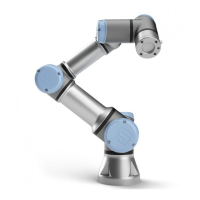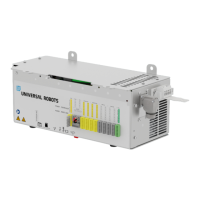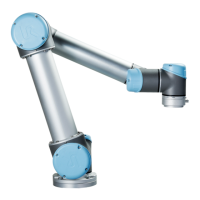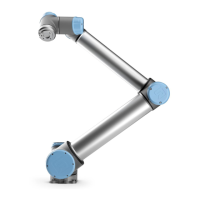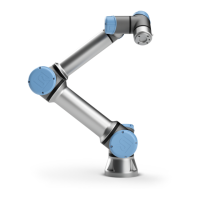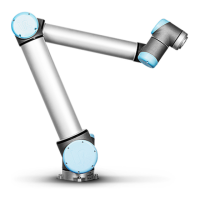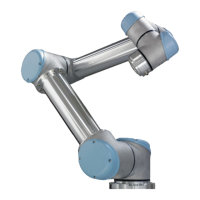13.11 Installation → MODBUS client I/O Setup
Digital input: A digital input (coil) is a one-bit quantity which is read from the MODBUS unit on
the coil specified in the address field of the signal. Function code 0x02 (Read Discrete Inputs)
is used.
Digital output: A digital output (coil) is a one-bit quantity which can be set to either high or low.
Before the value of this output has been set by the user, the value is read from the remote
MODBUS unit. This means that function code 0x01 (Read Coils) is used. When the output has
been set by a robot program or by pressing the set signal value button, the function code 0x05
(Write Single Coil) is used onwards.
Register input: A register input is a 16-bit quantity read from the address specified in the address
field. The function code 0x04 (Read Input Registers) is used.
Register output: A register output is a 16-bit quantity which can be set by the user. Before the value
of the register has been set, the value of it is read from the remote MODBUS unit. This means
that function code 0x03 (Read Holding Registers) is used. When the output has been set by a
robot program or by specifying a signal value in the set signal value field, function code 0x06
(Write Single Register) is used to set the value on the remote MODBUS unit.
Set signal address
This field shows the address on the remote MODBUS server. Use the on-screen keypad to choose
a different address. Valid addresses depends on the manufacturer and configuration of the remote
MODBUS unit.
Set signal name
Using the on-screen keyboard, the user can give the signal a name. This name is used when the
signal is used in programs.
Signal value
Here, the current value of the signal is shown. For register signals, the value is expressed as an
unsigned integer. For output signals, the desired signal value can be set using the button. Again,
for a register output, the value to write to the unit must be supplied as an unsigned integer.
Signal connectivity status
This icon shows whether the signal can be properly read/written (green), or if the unit responds
unexpected or is not reachable (gray). If a MODBUS exception response is received, the response
code is displayed. The MODBUS-TCP Exception responses are:
E1: ILLEGAL FUNCTION (0x01) The function code received in the query is not an allowable action
for the server (or slave).
E2: ILLEGAL DATA ADDRESS (0x02) The function code received in the query is not an allowable
action for the server (or slave), check that the entered signal address corresponds to the setup
of the remote MODBUS server.
CB3 II-52 Version 3.10
Copyright © 2009–2019 by Universal Robots A/S. All rights reserved.
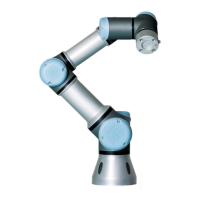
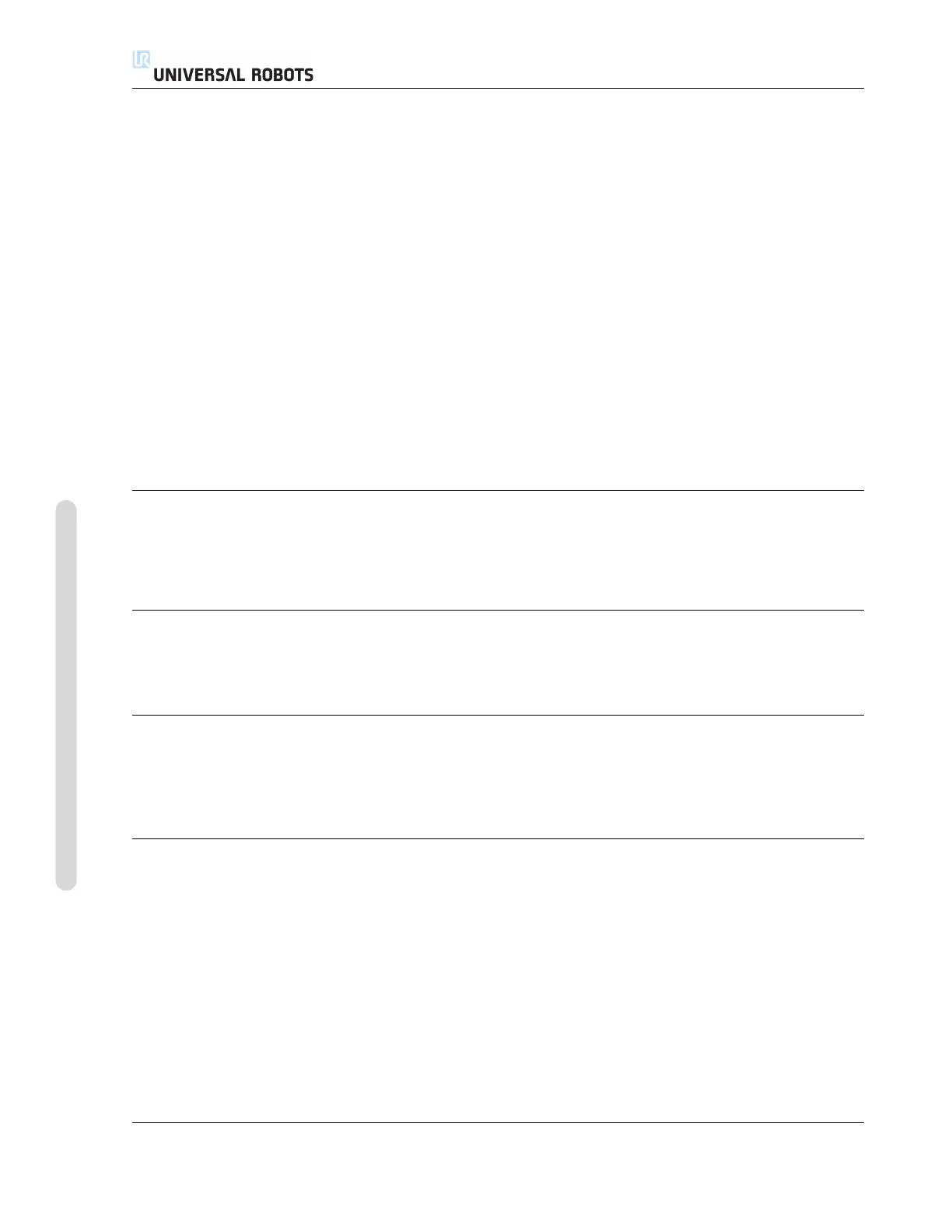